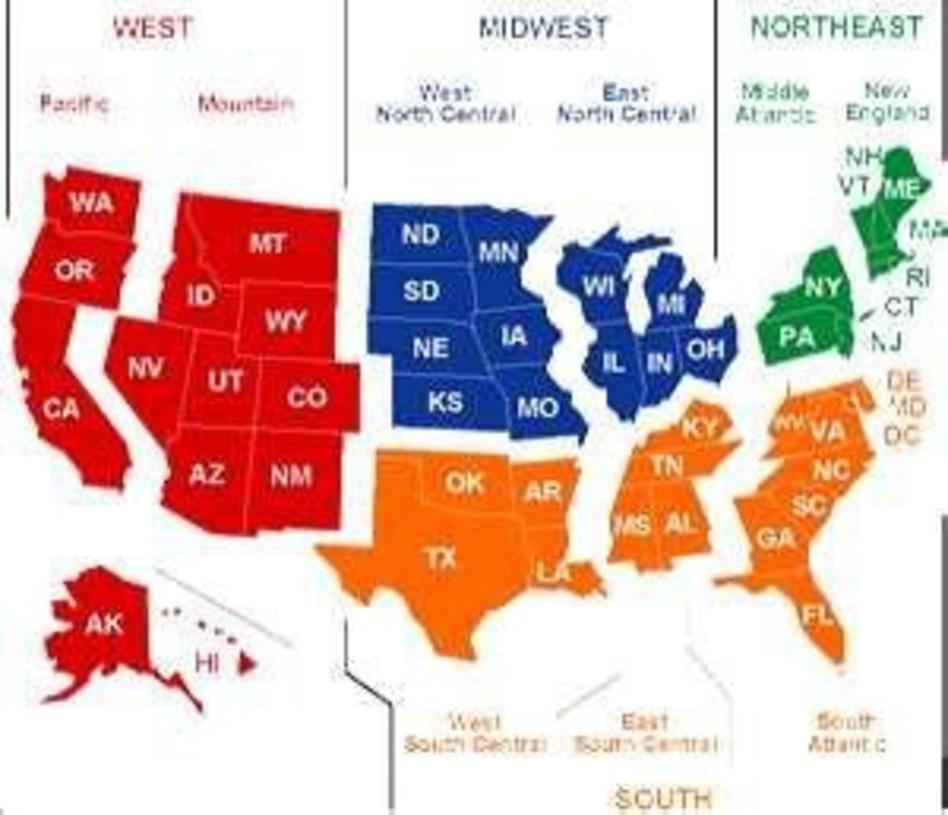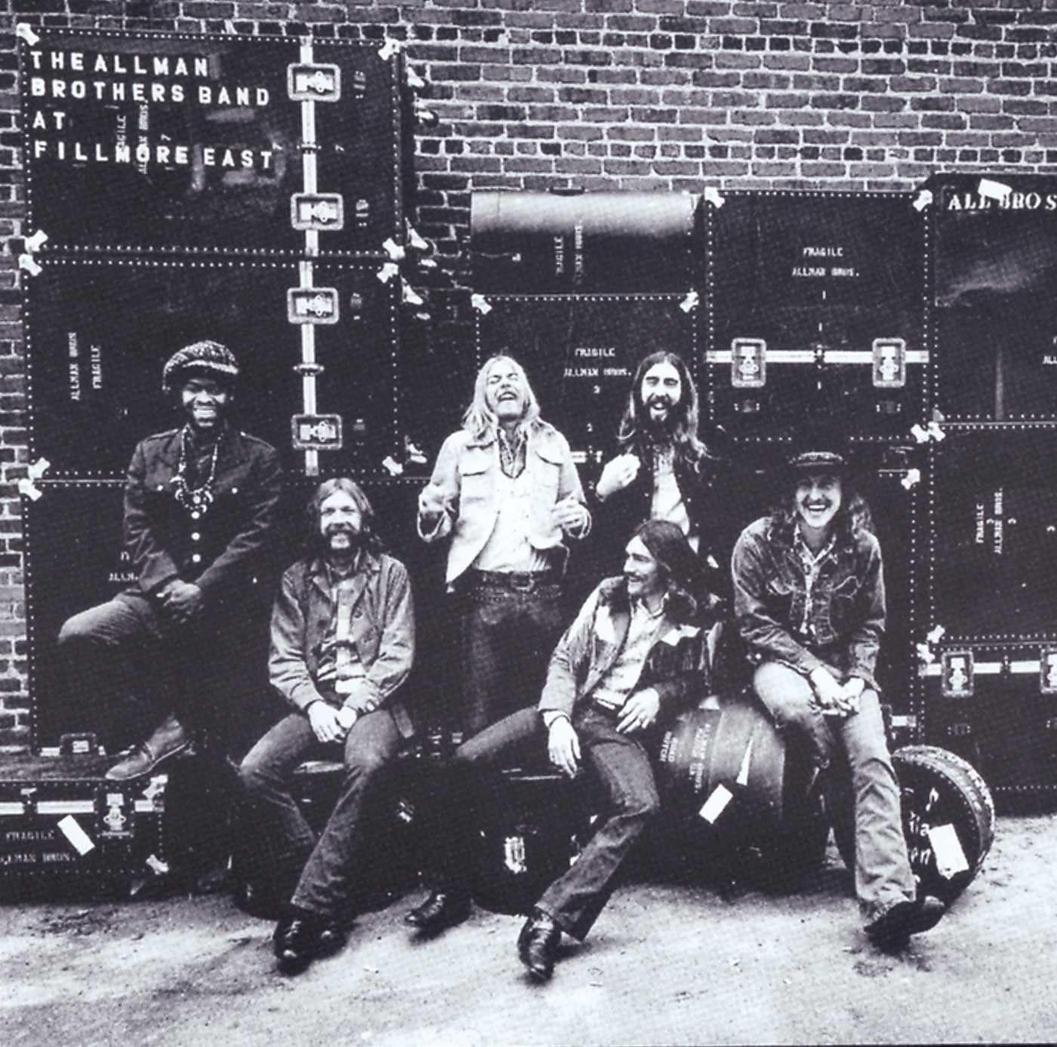The East India Companies, especially the English/British East India Company (EIC/BEIC), were privately owned but operated under strong state control, making them private in ownership yet effectively state-controlled entities.

The British East India Company was formed as a joint-stock company in 1600. Its shares were owned by private individuals, called shareholders. These shareholders formed the Court of Proprietors, or General Court, which managed company affairs through voting rights tied to the amount of shares owned. Ownership and voting power were closely linked; larger shareholders had greater influence. For example, in the late 17th century, shareholders needed to hold shares worth 500 to 1000 pounds to vote. The company’s capital and share ownership were private, confirming its status as a private corporation.
However, the Company’s existence and operations were subject to significant royal and state oversight. The English Crown and later the British government retained the legal authority to alter or revoke the Company’s charter. This power allowed the state to shape internal governance, trading rights, and geographic trading limits. For example, Queen Elizabeth I’s founding charter spelled out the Company’s permitted activities and organization.

Throughout its history, the British government repeatedly exercised control over the Company. Notable examples include:
- The 1702 Charter under Queen Anne mandated the merger of competing East India companies, requiring share exchanges to equalize ownership.
- The 1773 Regulating Act introduced a government-appointed system to rotate director elections, increasing state influence.
- The 1813 and 1833 Charter Acts ended Company monopolies on trade in India and China, respectively.
- The 1858 Government of India Act led to the British Crown taking direct control of India from the Company, effectively ending its administrative role.
- The Company was formally dissolved in 1874 after its assets were appropriated by the state.
These interventions highlight that the Company’s private ownership was always subordinate to the state’s sovereign authority. The government defined the Company’s rights, limits, and tenure. The Company operated only as permitted by the state and within parameters the government set. Its autonomy depended on state approval and could be revoked at any time. In practical terms, the EIC was a private business functioning as an arm of British imperial policy.

Concerning other East India companies, such as the Dutch or French counterparts, detailed comparisons require specialized study. This summary focuses on the British East India Company due to the complexity and availability of documentation.
| Aspect | Details |
|---|---|
| Ownership | Private shareholders held stock and governed voting rights |
| State Control | Charter rights controlled by Crown and Parliament; could be revoked or altered |
| Governance | State shaped company structure, election rules, and executive authority |
| Trade Rights | Initially a monopoly; later reduced by government acts during 1813–1833 |
| Existence | Dependent entirely on state permission; dissolved by government in 1874 |
Primary legislative and royal documents guide understanding:

- Elizabeth I Charter (1600)
- William III Charters (1693, 1698)
- Queen Anne’s Charter (1702)
- Regulating Act (1773)
- Charter Acts (1813, 1833)
- Government of India Act (1858)
- East India Stock Dividend Redemption Act (1873)
Key takeaways:
- The British East India Company was privately owned by shareholders but operated under strict state charters.
- Voting and governance depended on share ownership, but ultimate control rested with the Crown and Parliament.
- The state could change, limit, or revoke Company rights, trade privileges, and existence at will.
- The Company’s private autonomy existed only as authorized by the government’s legal framework.
- This hybrid private-public nature made the Company a powerful but government-regulated instrument of British imperialism.
How Private Were the East India Companies? A Deep Dive into the British East India Company

Let’s get straight to it: the British East India Company (BEIC) was privately owned but closely controlled by the state, making it a fascinating hybrid of private enterprise and government power. How exactly did that work? Let’s unravel this tangled web of ownership, control, and power.
The Private Ownership Angle: Shareholders Calling the Shots?

The British East India Company was born as a private entity in 1600. It had shareholders—real people and entities who owned pieces of the company through shares. These shareholders formed the Court of Proprietors or the General Court. This body essentially ran the company by voting on key decisions.
Voting rights, however, weren’t handed out like candy. To even step up and vote, shareholders had to own a significant chunk of stock—sometimes between £500 and £1,000 worth. To put that into perspective, that was a fortune back then. The more shares a person owned, the more votes they earned. This means the wealthiest shareholders wielded the most power, creating a sort of financial democracy weighted towards the rich. Not exactly egalitarian, but private ownership indeed.
In a twist, when a rival merchant company emerged in 1698 (the English Company trading to the East Indies), the old BEIC quickly snapped up a large stake—several hundred thousand pounds worth! This move aimed to control competition and eventually led to a royal decree by Queen Anne I in 1702 that merged the two companies by 1709, with both owning equal stakes in the combined enterprise.
The State’s Heavy Hand: More Than Just a Spectator
While the company was privately owned, the British Crown never sat back idly. The Crown, State, and Government kept a firm grip on the BEIC through charters, legal acts, and the power to change—or even end—the company’s existence at will.
The original charter of 1600 gave the monarch the right to edit or revoke the company’s charter. This was not just legal boilerplate; the state regularly exercised this right as circumstances demanded throughout the company’s life.
Consider the company’s activities: trade routes, commodities, and company organization were initially designed by the state. The first charter specifically limited trade to certain precious metals like silver and gold. Over time, state laws further shaped how the company operated internally. For instance, the Regulating Act of 1773 introduced an annual rotation system for electing directors—a direct state intervention into corporate governance.
When things didn’t go as planned—or when political winds shifted—the government pushed hard. The company’s trade monopolies were stripped between 1813 and 1833, and after the Indian Rebellion of 1857, the government appropriated the company’s assets in 1858, effectively ending its power. The final nail in the coffin came with the East India Stock Dividend Redemption Act of 1873, dissolving the BEIC legally a year later.
The takeaway? The company’s autonomy was completely dependent on state approval. The government set the ground rules and could change them any day.
What Does This Tell Us About “Privacy”?
It’s tempting to think of the East India Company as a private corporation running wild in the East, making money, and shaping history on its own terms. But the truth is more nuanced.
The British East India Company was privately owned, yes—but always under the thumbs of the Crown and Parliament. The state defined where it traded, what it traded, who ran it, and even whether it could exist. Private operations, state control.
In other words, the BEIC was a private company in name and ownership but a state-controlled puppet in practice. It had shareholders voting on company matters, but those votes happened within the bounds set by the government. Bigger shareholders meant bigger influence, but all under government oversight.
Lessons From the BEIC’s Unique Ownership Model
This hybrid model offers insights even today. Imagine a company that operates across borders with private investors but answers directly to a government that can change the rules anytime.
- Power Isn’t Always Private: Ownership doesn’t mean freedom. The British government retained veto power and regulatory controls.
- Wealth Concentrates Influence: Only those with significant stock owned multiple votes—a lesson on economic inequalities’ impact on corporate governance.
- Government and Business Are Often Intertwined: The BEIC serves as a reminder how political power can shape commerce beyond shareholder interests.
What About the Other East India Companies?
The British company was not the only game in town. The Dutch and French also had their East India Companies, each with different structures and state relations. However, the details are less well-documented here, and it’s safest to say they, too, had leases of private ownership sharply intertwined with government control.
How Did This Arrangement Work in Reality?
Imagine the shareholders sitting in a lavish hall, discussing trade ventures, while the state monitors every move. It’s not a free-for-all market-driven company but a quasi-government tool advancing national interests. The government crafted charters carefully, ensuring the company operated as an arm of British imperial policy.
For example, the Regulating Act of 1773 introduced stricter oversight to curb corruption and mismanagement within the BEIC. It was a warning: behave like a government partner or face direct control.
A Modern Twist: Comparing to Today’s Private-Public Partnerships
The BEIC’s model might remind us of modern public-private partnerships where private firms run services with public oversight. Though the BEIC’s scale and colonial context make it unique, the tension between profit goals and state control persists in many industries.
Can you imagine a powerful private firm today that serves both shareholder profit and direct political aims? It sounds tricky, but the BEIC lived it centuries ago—and shaped history with it.
So How Private Were They, Really?
The answer lies in shades of gray.
- Legally and financially, they were private. Shareholders owned the company.
- Politically and operationally, they were state-controlled. The government shaped and limited their actions.
- This duality created a form of “privately-owned but publicly-commanded” enterprise.
In fact, the “privacy” of the BEIC was an elaborate illusion maintained to attract investment. Beneath the surface, the state was the real owner and operator controlling the enterprise for imperial ambitions.
If you want to understand how powerful corporations can be when backed—and controlled—by governments, the East India Company offers a textbook case. Private? Yes. Independent? Not quite.
Final Thoughts
When examining “How private were the East India Companies?” the British East India Company shows us a finely balanced act between private ownership and political control. The company’s private shareholders had real stakes but operated under a government leash that could yank at a moment’s notice.
This system lasted nearly three centuries, influencing world history and economics. It reminds us that corporate power doesn’t always come purely from private action; it is often embedded in state power and politics.
When next you hear about “private companies” shaping history, ask yourself: who really calls the shots behind the scenes? In the case of the BEIC, it was a mix of private wealth and royal decree—an empire in a shareholder meeting.




